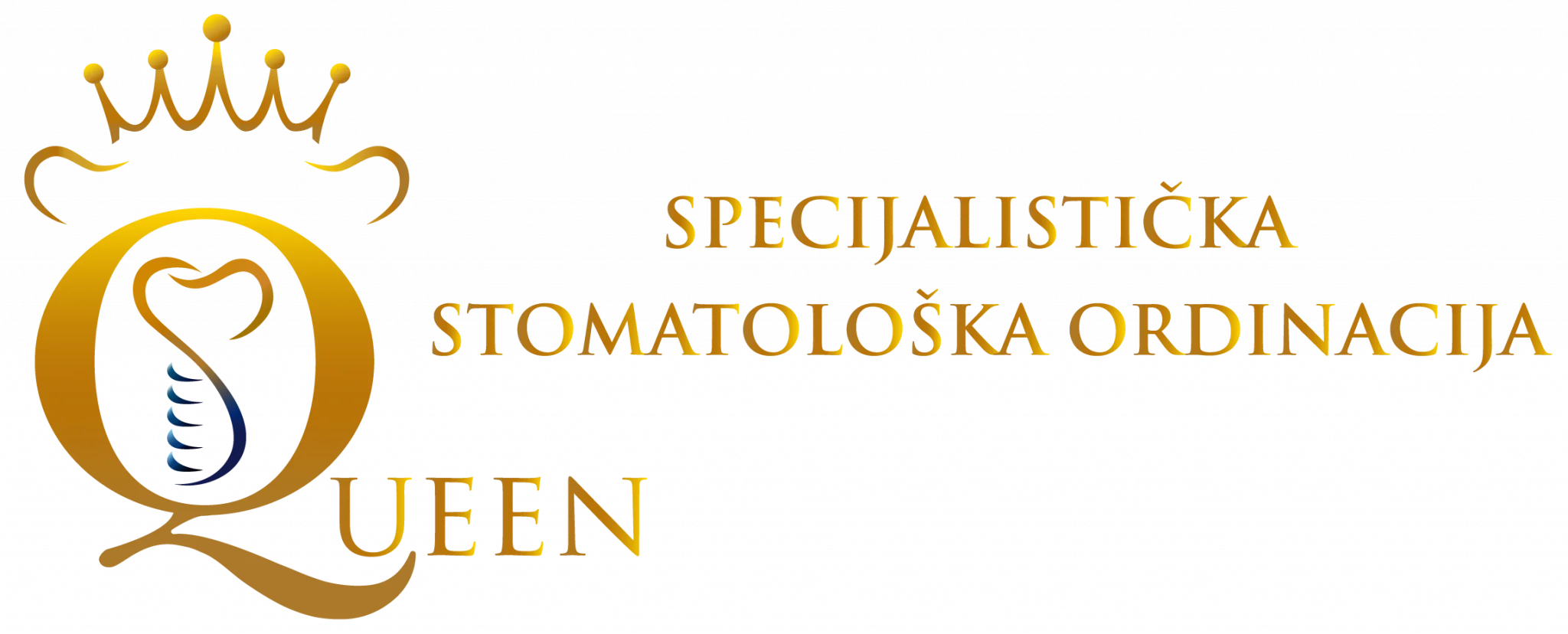Topics:
Dermal Fillers:
What is Botox and how does it work?
Botox or Botulinum toxin A is a purified protein produced by the bacteria clostridium botulinum. When botox is applied in small doses to specific muscles, their excessive contraction is prevented, which prevents the formation of wrinkles on the skin above that muscle. At the same time, existing wrinkles are alleviated. During treatment, botox is applied in very small amounts
When is botox used?
As facial skin ages, it loses elasticity and firmness. The appearance of deep wrinkles or sagging skin around the eyes is successfully reduced with botox.
Botox is used both to correct existing ones and to prevent the appearance of new bumps and wrinkles on the face. The treatment is most often recommended for people with dynamic wrinkles in the form of horizontal and vertical wrinkles on the forehead and between the eyebrows, people with pronounced wrinkles around the eyes or around the lips.
Botox also gives excellent results in younger people when it is necessary to prevent the formation of deep wrinkles, correct the asymmetry of eyebrows or eyelids, remove wrinkles on the forehead, nose and especially between the eyebrows.
Botox does not remove wrinkles on the lower half of the face, as well as wrinkles caused by sun damage.
In the lower third of the face, botox can be used to correct the gummy smile (prevents excessive lifting of the upper lip when laughing) and in bruxists when applied to the masseter muscle and prevents strong squeezing of the jaws.
In the lower third of the face, botox can also be used to prevent twisting of the lips.
Botox is also known to be applied under the armpits when used to prevent excessive sweating in that region.
When to start with botox?
Botox treatment can be used with the first wrinkles. It is never too early for this treatment. If it is applied earlier, i.e. with the appearance of smaller wrinkles, the probability that they will stay on the face is very small.
What are the effects of botox?
With the botox treatment, you will get taut skin, without deep wrinkles and a youthful face that has preserved normal mobility. At the same time, the person gets used to making excessive grimaces, therefore additionally preventing the formation of new wrinkles. Wrinkles at the root of the nose give a worried look, and wrinkles on the forehead and around the eyes contribute to a person looking older than they are. Botox “iron” shallower wrinkles, you get a fresh and youthful look of the face.
Forehead wrinkles that occur during astonishment or frowning, on a younger person can be completely lost after the application of botox. In the elderly, when the wrinkles are deeper, in addition to botox, a filler can be added in order to completely neutralize them.
The effect of botox begins to be noticed after 3 to 5 days, while the full effect is seen after 10 to 14 days after the treatment. The results last from 4 to 6 months (depending on the skin type, age and health condition of the patient). The treatment can be repeated every 6 months indefinitely, and each time the effect is longer. After stopping the treatment with botox and after the cessation of its effect, the skin continues to age normally and without consequences. It is useful to recover the skin with mesotherapy in the winter, between botox treatments.
Does botox hurt?
During treatment, botox is applied in very small amounts. Extremely thin needles are used, so you don’t feel any pain. The treatment itself lasts only a few minutes. Since no recovery is needed, it is possible to continue the daily routine of life immediately after the treatment.
What are the side effects?
Side effects are minimal. They are reduced to a local reaction at the injection site, which can be swelling, redness or a mild hematoma. Headache, nausea, or temporary muscle weakness are rare. The side effects are temporary and if they occur, they last for several weeks. After the treatment, you should not touch your face with your hands, rub your skin or lean forward for two to three hours. Given that the skin reaction to any treatment varies from patient to patient and not all react the same, rare (occurring in less than 1% of patients) but possible consequences are: headache or mild nausea (passes after a maximum of 48 hours ) and bruising at the site of botox application that resolves after 3 to 5 days.
How should I behave after botox treatment?
Immediately after applying botox, you should not do fitness or strenuous physical activity, you should not bend your head or go to the sauna or pool.
After botox treatment, it is not recommended: alcohol consumption, exercise, facial massage or cosmetic facial cleansing. For a few days after the intervention, the treated region should not be rubbed and massaged, so that the applied botox does not spread to the surrounding area. This would temporarily weaken muscles that have not been treated with this method.
